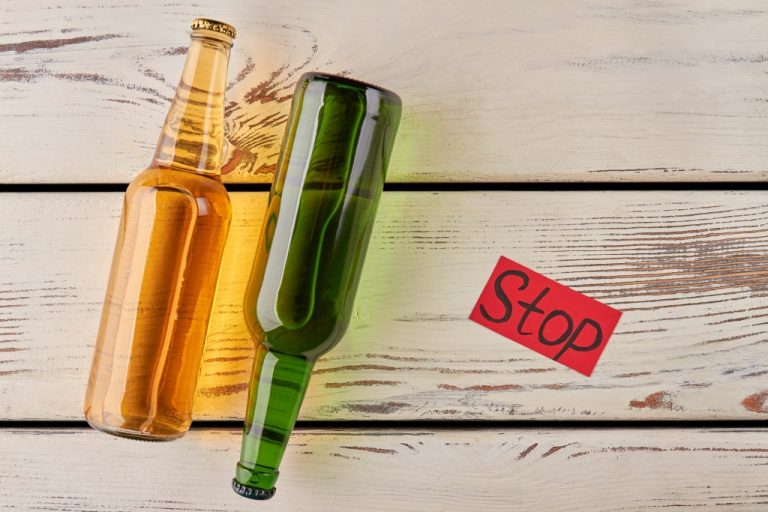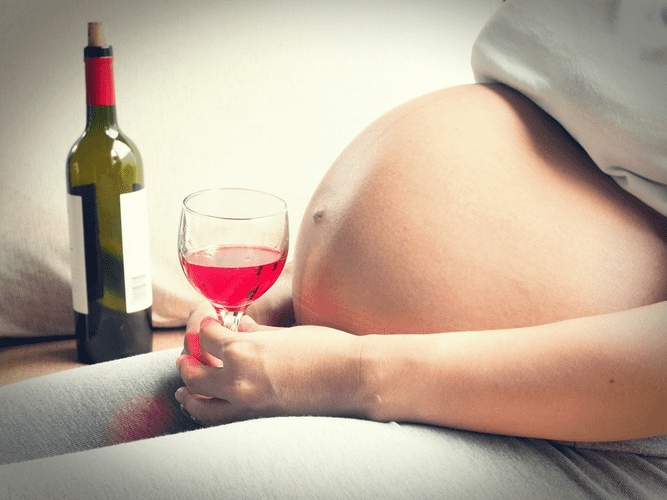Patients with complex psychological issues related to trauma, sexual abuse or bereavement will require specific interventions delivered by appropriately trained personnel (Raistrick et al., 2006). For most people who are alcohol dependent the most appropriate goal in terms of alcohol consumption should be to aim for complete abstinence. With an increasing level of alcohol dependence a return to moderate or ‘controlled’ drinking becomes increasingly difficult (Edwards & Gross, 1976; Schuckit, 2009). Further, for people with significant psychiatric or physical comorbidity (for example, depressive disorder or alcoholic liver disease), abstinence is the appropriate goal. However, hazardous and harmful drinkers, and those with a low level of alcohol dependence, may be able to achieve a goal of moderate alcohol consumption (Raistrick et al., 2006).
National Institutes of Health
- The information on this site should not be used as a substitute for professional medical care or advice.
- There is no absolute number of drinks per day or quantity of alcohol that defines an alcohol use disorder, but above a certain level, the risks of drinking increase significantly.
- Alcohol dependence is caused by a combination of biological, psychological, and social factors.
It means that the individual has a chronic disease characterized by dependence on alcohol without additional complications such as withdrawal Substance abuse symptoms or alcohol-induced psychotic disorders. Regular and heavy drinking habits can lead to the development of tolerance and dependence. This is especially true for individuals who use alcohol to cope with social situations stress, or to avoid facing personal issues. The influence of genetic background on patient response has been exemplified by the interaction between naltrexone response and polymorphisms in the μ opioid receptor gene OPRM1. The use of genetic information has become standard practice in other areas of medicine, including anticoagulation and oncology. Nalmefene has been recorded to reduce the number of drinks per drinking day in alcohol-dependent subjects;44 however, when measuring days abstinent,44,45 number of heavy drinking days,45–47 time to relapse,44–46 and subjective cravings44,47 the data are controversial.

Alcohol Use Disorder (AUD)
Horizontal lines and shaded area represent brain alcohol levels (means ± SEM) measured in the dependent mice during chronic intermittent alcohol exposure (28.4 ± 3.5 mM). Group meetings are available in most communities at low or no cost, and at convenient times and locations—including an increasing presence online. This means they can be especially helpful to individuals at risk for return to drinking. Combined with medications and behavioral treatment provided by health care professionals, mutual-support groups can offer a valuable added layer of support. If you feel that you sometimes drink too much alcohol, or your drinking is causing problems, or if your family is concerned about your drinking, talk with your health care provider.
Social barriers

Dependence is characterized by the body’s need to avoid physical discomfort from withdrawal, such as shaking, sweating, or nausea. After weaning from alcohol, medication in some cases can help reduce cravings. Disulfiram does not reduce craving, but it creates an incentive not to drink, because drinking alcohol while taking it causes nausea and vomiting. An antiseizure drug called topiramate may diminish the reinforcing effects of alcohol. Alcohol treatment is an “off-label” use of topiramate, which means the FDA has not formally approved it for this use.
- Alcohol is one of the most, if not THE most, dangerous drugs to withdraw from.
- Again, meetings are widely available and provide helpful support beyond what can be provided by specialist treatment services.
- Alcohol is metabolized into acetaldehyde, a carcinogenic compound that damages DNA.
- In general, offspring of parents with alcohol dependence are four times more likely to develop alcohol dependence.
- Treatment for alcohol use disorder usually involves support and medical care to help you reduce your intake of alcohol or stop drinking altogether.
- People with severe or moderate alcohol use disorder who suddenly stop drinking could develop delirium tremens (DT).
However, detox alone does not treat the addiction and must be followed by further treatment. Therapy and https://mauriciofajardo.net/famous-celebrities-who-died-from-alcohol-and-drugs-2/ counseling are integral components of alcohol dependence treatment. Cognitive-behavioral therapy (CBT) and motivational interviewing are commonly used to help individuals understand their relationship with alcohol and develop healthier coping strategies.
This led to early studies of the natural history of alcoholism with co-occurring major depressive disorder (Hasin et al. 1989, 1996d). People who are seriously dependent on alcohol can also experience physical symptoms of alcohol withdrawal like shaking, sweating or nausea when their blood alcohol level drops – for example, before their first drink of the day. In this situation it can be dangerous to stop drinking completely or too quickly without medical support. The risk factors for developing alcohol dependence include a combination of genetic, psychological, social, and behavioral elements. These factors influence an individual’s susceptibility to alcohol dependence, contributing to patterns of heavy drinking or reliance on alcohol as a coping mechanism.

Alcohol dependence with continuousconsumption of alcohol (daily or almost daily) over a period of at least 1month. Drinking in pregnancy can lead to long-term harm to the baby, and the risk increases the more you drink. Dependent drinking usually affects a person’s quality of life and relationships, but they may not always find it easy to see or accept this. People who binge drink (drink heavily over a short period of time) are more likely to behave recklessly and are at greater risk of being in an accident. If you’re experiencing (or a loved one is experiencing) alcohol use disorder, know that help is available. Understand the meaning, application, and implications of ICD-10-CM code F10.20, denoting uncomplicated alcohol dependence.
How Many Drinks Per Day Is Alcohol Dependence?
Cognitive Behavioral Therapy (CBT) and Dialectical Behavior Therapy (DBT) help modify thought patterns and coping mechanisms. Contingency Management (CM) reinforces positive behaviors, alcohol dependence syndrome definition while 12-step Facilitation promotes sobriety through peer support. Family and Couples Therapy addresses interpersonal issues contributing to alcohol use.